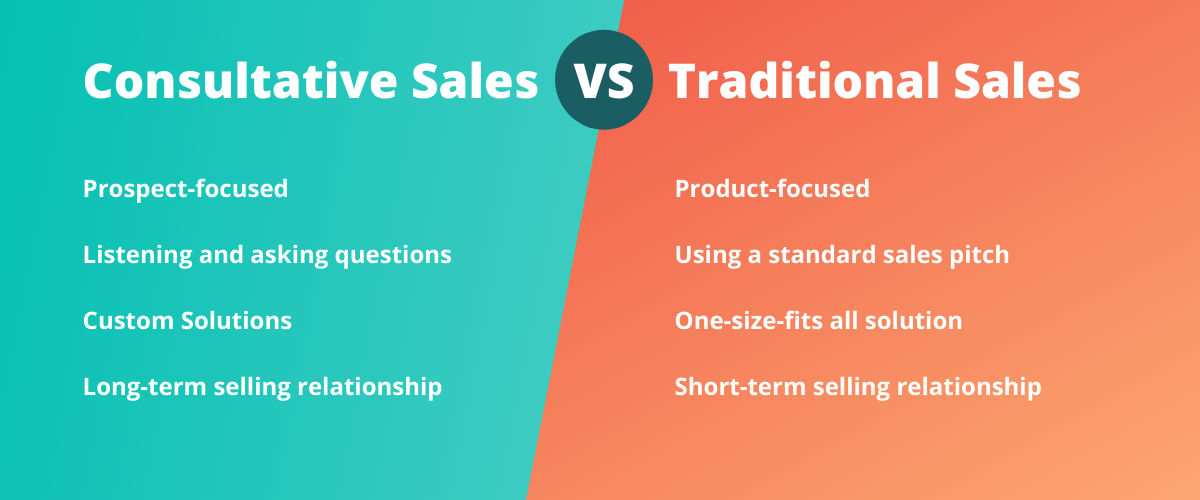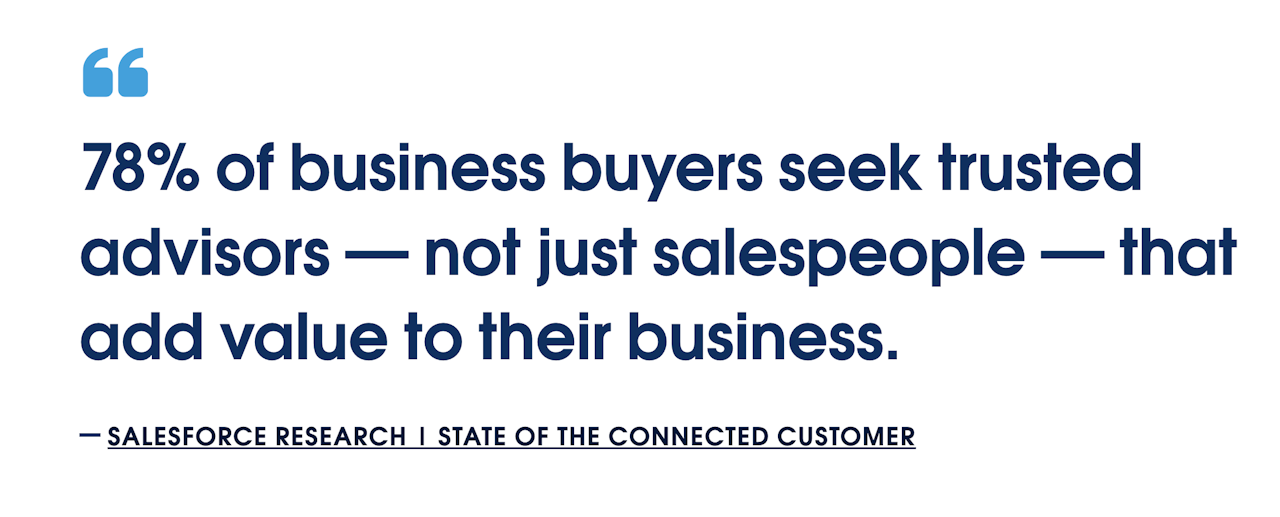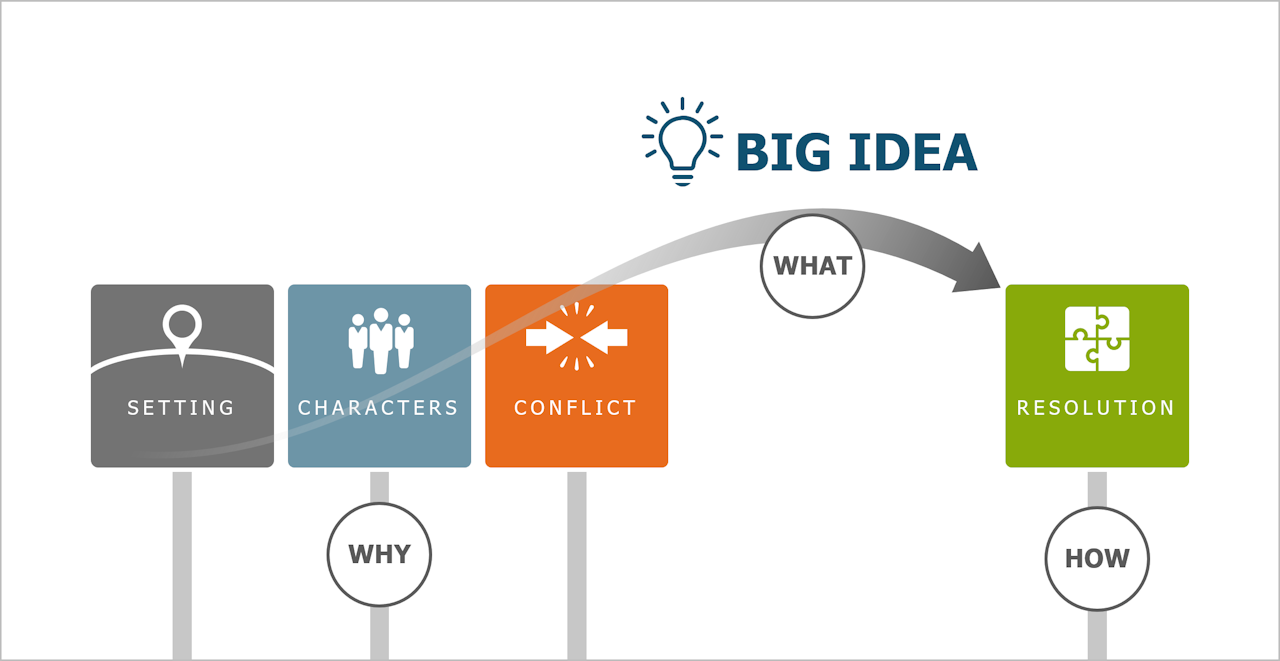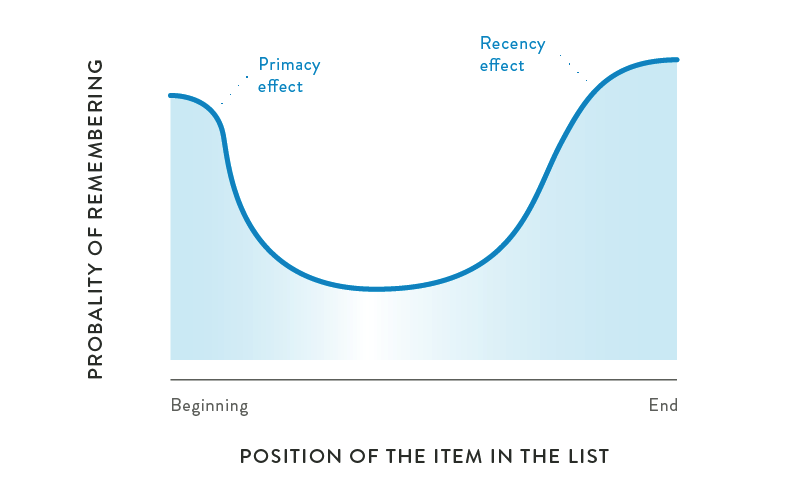10 Tips for Creating a Winning Sales Pitch (Data + Formulas)
Jenny Keohane
The days of hour-long sales presentations are behind us. Sales pitches in 2021 are more like elevator pitches — salespeople need to portray why their solution will benefit the prospect quickly and concisely.
The problem with traditional sales pitches is that people don’t like being talked at and pushed into commitments. Winning the connection and commit means acting like a consultant, not an opponent.
The secret to creating a winning pitch today is taking on a consultative selling approach.
Let’s look at how sales reps can win the connection easier with their sales pitches through top tips, formulas, and data-backed strategies.
3 Sales Pitch Rules to Always Follow
Rule #1: Take a Consultative Selling Approach
Consultative selling is an approach to sales that is centered around the customer and their needs. This approach shifts the focus away from the product’s features and instead focuses on the customer.
This takes a different approach than traditional selling.

Let’s look at how you can do this:
- Ask open-ended questions: Get the prospect talking so you can tailor your pitch around their specific concerns and points made.
- Demonstrate an understanding: Show that you understand their business, industry, concerns, and pain points.
- Add value where possible: Earn client trust by offering help or advice to your prospect. This will help show you’re there to help them find solutions, not just close a deal.
- Demonstrate active listening: Paraphrase their needs to show you’re listening and have an interest in their concerns.
- Frame your pitch around the prospect: Center everything you talk about around your prospect and how it will help them. Remember, they’re much more likely to respond to benefits than features.
Rule #2: Research, Research, Research
This one should be a no-brainer, but it’s important to point out.
Doing the right research can enhance any sales pitch from average to top-notch.
By doing so, you become a trusted advisor.
 There are boundless options for learning more about your prospect.
There are boundless options for learning more about your prospect.
Check their:
- Company website
- Online reviews
- Competitors
From a consultative selling lens, consider going a step further and research the client’s field. By portraying you have an understanding and knowledge of the field and current market trends, you’ll undoubtedly set yourself apart from the competition.
Your goal is for your prospects to walk away feeling understood and like you have a keen interest in helping them. Effective research will help you get there.
Remember: your pitch should be different every time you deliver it to a new prospect. Meaning, your pitch should always be tailored to that specific prospect, their business, their industry, and their struggles.
Rule #3: Remember That a Sales Pitch Isn’t a Pitch at All
Here’s the secret behind why the word pitch does not apply to a sales pitch:
You aren’t trying to beat the other team.
You’re showing them you’re on the same one.
Pitch mindset: I want to win; I want you to lose. It’s either-or (aka mutually exclusive).
Consultant mindset: If you win, I win. You have a problem, and I have the expertise with your peers to solve it. Let’s work together to get there (aka mutually beneficial).
Studies show that sales professionals that act as consultants have stronger and more transparent relationships.

Top 10 Tips for a Great Sales Pitch
Here’s how to keep your deal alive and set up your conversation for close:
1. Know Your Audience
Get your Sherlock Holmes hat. This one requires digging. Here’s what you need to know:

Who will hear your pitch? What are their responsibilities? Who is the team and what do they do? What are their needs? What are their current solutions? Where do those fall short?
2. Transform Your Sales Pitch Into a Story
Stories have a profound effect on our brains and our behavior. This goes back to childhood, when the most basic request we made as kids, besides “I’m hungry,” was “Tell me a story.”
Telling stories in sales humanizes your sales pitch and helps to generate positive emotions and build rapport.
All great stories have a basic structure: they answer the why, what, and how through four signposts: setting, character, conflict, and resolution.

- Why: Why should your prospect care? Establish context.
- What: Good stories always have a “big idea,” in sales, this is your solution.
- How: How your solution will solve their problems.
In the book Building A Brand Story, Donald Miller lays out a framework that the customer is the hero of the story and the brand’s goal is to guide them to success.
The story goes like this: A character (your customer) has a problem (their pain points), they meet a guide (your solution), who gives them a plan and calls them to action (purchasing your solution), and this helps them avoid failure and achieve success (their lives will be better with your solution).
Use social proof and your value proposition to support the story.
According to author Erik Luhrs, “In sales situations, stories allow the subconscious mind of the prospect to truly ‘get’ and see the valuable application of the solution.”
By transforming your sales pitch into a story, you not only engage the prospect easier but you communicate your value proposition more effectively.
The winning recipe: combine compelling facts with attractive stories.
3. Always Use Facts and Social Proof
You’re telling me your solution will solve X for me, but why should I believe you?
This is where social proof comes into play.
Customers need to rationalize their decision. Provide credibility to ensure they feel confident with their decision and ease any doubt.
Some salespeople find starting their sales pitch with a statistic that resonates with the prospect helps to immediately grab their attention from the get-go.
Take stats from your case studies, online reviews, testimonials, etc. There are many powerful forms of social proof that will help win over your prospect.

A good sales pitch never leaves the prospect wondering whether the information translated is factual or made up.
4. Understand Their Business and Needs
The truth is, most buyers don’t believe sales reps are knowledgeable of their specific business and needs. This is shown in various studies. Shown below is a study by Forrester Research.

The best sales pitches demonstrate that the sales reps understand their prospects.
That’s why it’s so important to do your research.
Research their business, their field, their role responsibilities, etc.
If you can show your prospect you understand their position by backing up your claims with real industry-related facts and findings, you’re already ten steps ahead of the competition.
This research will also help you build foundational knowledge about the customer, which will positively affect the rest of your pitch.
5. Be Confident
A confident demeanor goes a long way. The more confident you are, the more confident your prospects will feel about what you’re saying.
Whether you’re in person, on video, or on the phone — practice positive body language and tone.
Remember, even when you’re on the phone and the prospect can’t see you, your body language shows through your voice.
Studies show that 93% of people’s judgments of others are based on non-verbal cues:
 Here’s what you can do:
Here’s what you can do:
- Tone: Vary your pitch, don’t use a monotone voice, and get excited.
- Body language: Strand straight, chin up, and shoulders back.
The more you can convey confidence, the more your prospect will feel as though you are a trusted, credible, and reliable source.
Another key in exuding confidence is to, going back to rule #2 — research, research, research.
If you’re knowledgeable about the topics discussed and know your market, your confidence will instinctively shine through.
6. Keep Track of the Time
Nothing is more awkward than running overtime.
If you tend to get carried away talking and forget how much time has passed, set an alarm (on vibrate) for 3 minutes before the call ends.
The last thing you want is to portray yourself as disrespectful and that you don’t value their time.
7. Prepare for Objections
Thinking your sales pitch is going to be smooth sailing is like expecting a traffic-free commute.
It ain’t gonna happen.
If you’re not prepared for sales objections, you’re going to come off as unprepared and not confident. After all your preparation, the last thing you want is to lose credibility because you can’t answer a tough question.
But you can overcome their objections with ease. Just take a piece of their statement, and agree with it. You can use this agreed-upon viewpoint to adjust their perspective to align with yours.
Although there are many tactics for overcoming sales objections, here’s one of our favorite formulas, called The Best Friend Formula.

This three-part formula helps overcome sales objections by establishing harmony – it reassures people that you’re on their side, like a best friend.
8. Conclude With a Strong Call-to-Action
Ever read a book or see a movie that had an ending where you’re left really confused?
We like strong endings because they tell us how to feel.
And they’re what we remember most.
The Recency Effect in psychology tells us that the last thing said in a series sticks with us.

The standard CTA recaps who you are (with contact information), your quality promise to be there when they need you, and the next steps.
You can stand out by incorporating a final captivating stat or final promise that’ll stick in your prospect’s mind.
Differentiate yourself. But don’t forget to discuss the next steps.
9. Always Send a Follow-up
The conversation doesn’t end when your sales pitch ends.
Following up does three things:
- Makes the account feel like they’re a priority
- Recaps agreed-upon next steps
- Allows you to see what messaging in your pitch resonates most (and what doesn’t)
Use this template to save some time:
Subject Line: Recap from today’s meeting
Hey {!Company Name} team,
Thanks for a great meeting today. Attached are the slides we ran through together.
I’m also including a recap of what we discussed below, with plans to move forward by {!Date}.
Objective: {!What they want to accomplish}
Conversation items:
- {!Point of convo 1}
- {!Point of convo 2}
- {!Point of convo 3}
Action items:
- {!Action item 1} — {!Owner}
- {!Action item 2} — {!Owner}
- {!Action item 3} — {!Owner}
Next sync: {!Day of the week}, {!Month} {!Day of Month} to discuss {!Topic}.
Please let me know if I have missed anything. Otherwise, talk soon!
10. Stand Out & Be Different
Do something different than every other pitch out there.
If I were to name the idea here, it wouldn’t be unique.
The best way to stand out from the crowd is to do something completely different than other salespeople.
Whether that be incorporating humor, telling a personal story, providing unique pieces of value, etc. — Get creative. See the results. Continue to try new things.
Bonus: 10 Sales Pitch Examples Here
Check out our blog above to view ten sales pitch examples that incorporate strategies and techniques discussed above.
Conclusion
There’s no perfect sales pitch formula.
Continue to focus your sales pitch on your prospect, try differentiating factors, and back up your points with research and data.
The more you practice, experiment, win and lose, the better salesperson you become.
Get sales tips and strategies delivered straight to your inbox.
Yesware will help you generate more sales right from your inbox. Try our Outlook add-on or Gmail Chrome extension for free, forever!
Related Articles
Casey O'Connor
Anya Vitko
Anya Vitko
Sales, deal management, and communication tips for your inbox

